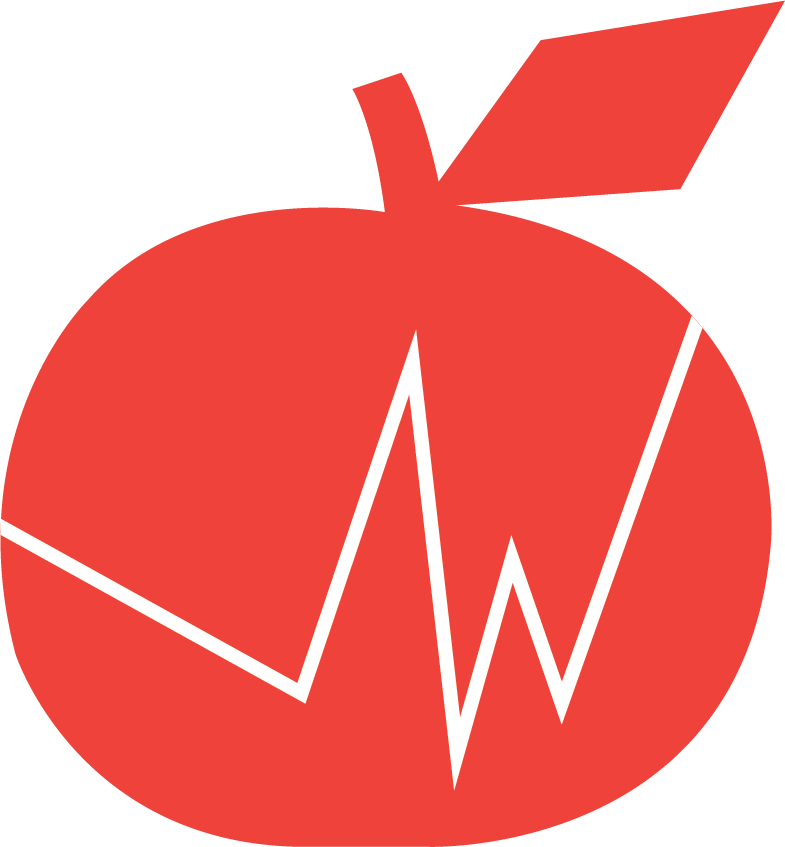Technology Management in Education
References
Altschuld, J. W., and Witkin, B. R. (2000). From Needs Assessment to Action: Transforming Needs into Solution Strategies. Thousand Oaks, CA: Sage.
Blake, J. (2004). Project managing the SDLC: using milestones to align project management and system development lifecycles and report project success. Paper presented at PMI® Global Congress 2004—North America, Anaheim, CA. Newtown Square, PA: Project Management Institute. Retrieved August 20, 2018 from https://www.pmi.org/learning/library/project-managing-sdlc-8232.
Bryan, W., and DiMartino, J. (2010). Writing Goals and Objectives: A Guide for Grantees of the Smaller Learning Communities Program. U.S. Department of Education. Washington, DC. Retrieved August 21, 2018 from https://www2.ed.gov/programs/slcp/slc-wgandobj-book-f.pdf.
Consortium for School Networking. (2007). Working Together to Strategically Connect the K-12 Enterprise: Interoperability Standards for Education. May 15, 2017. Retrieved August 30, 2018 from https://cosn.org/sites/default/files/CoSN%20Interoperability%20Standards%20for%20Education%20for%20Non-Technical%20Leaders.pdf.
Flynn, T. A. (2007). Integration of the project management life cycle (PMLC) and the systems development life cycle (SDLC) in accelerated project efforts: adapting project management best practices to unreasonable requests. Paper presented at PMI® Global Congress 2007—North America, Atlanta, GA. Newtown Square, PA: Project Management Institute. Retrieved August 20, 2018 from https://www.pmi.org/learning/library/integration-pmlc-sdlc-7262.
George, A., Hall, G., and Stiegelbauer, S. (2006). Measuring Implementation in Schools: The Stages of Concern Questionnaire. Southwest Educational Development Laboratory. Austin, TX. Retrieved September 4, 2018 from http://www.sedl.org/cbam/socq_manual_201410.pdf.
Guskey, T. (2002). Does It Make a Difference? Evaluating Professional Development. Educational Leadership, 59(6): 45-51. Retrieved September 4, 2018 from http://www.ascd.org/publications/educational-leadership/mar02/vol59/num06/Does-It-Make-a-Difference%C2%A2-Evaluating-Professional-Development.aspx.
Hall, G., Dirksen, D., and George, A. (2006). Measuring Implementation in Schools: Levels of Use. Southwest Educational Development Laboratory. Austin, TX. Retrieved September 4, 2018 from http://www.sedl.org/cbam/lou_manual_201410.pdf.
National Forum on Education Statistics. (2016). Forum Guide to Education Data Privacy. (NFES 2016-096). U.S. Department of Education. Washington, DC: National Center for Education Statistics. Retrieved September 11, 2018, from https://nces.ed.gov/forum/pub_2016096.asp.
Project Management Institute (2013). A guide to the project management body of knowledge (PMBOK guide). Newtown Square, PA: Project Management Institute.
Radack, S. (2009). The System Development Life Cycle (SDLC). National Institute of Standards and Technology. https://csrc.nist.gov/csrc/media/publications/shared/documents/itl-bulletin/itlbul2009-04.pdf. Accessed August 19, 2018.
U.S. Centers for Disease Control and Prevention. (2006). Templates. https://www2a.cdc.gov/cdcup/library/templates/default.htm. Accessed January 22, 2019.
U.S. Department of Health and Human Services. (2019). Develop a Project Plan. https://www.usability.gov/how-to-and-tools/methods/develop-plan.html. Accessed January 11, 2019.
Viswanathan, B. (2016). Understanding the Different Levels of Help Desk Support. Project-management.com. Retrieved September 11, 2018 from
https://project-management.com/understanding-the-different-levels-of-help-desk-support/.
Witkin, B. R., and Altschuld, J. W. (1995). Planning and Conducting Needs Assessments: A Practical Guide. Thousand Oaks, CA: Sage.






